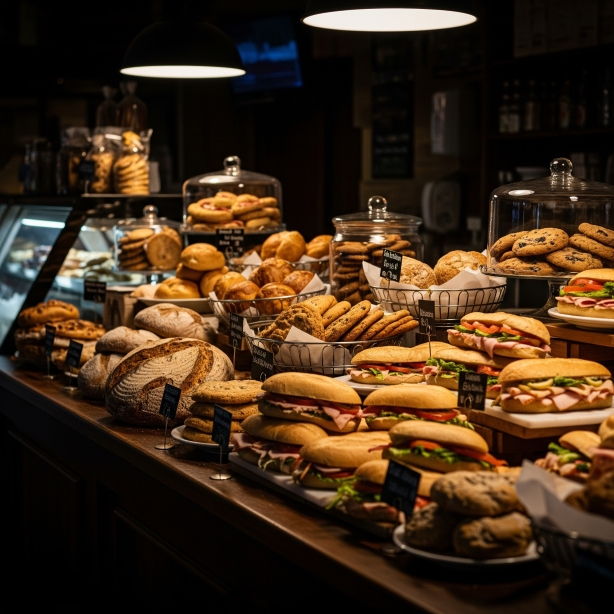
What do you want for lunch today?
Maybe a wrap or a salad? Take a moment to visualize it. Be specific.
I want a sandwich… from the neighborhood shop… with the crusty Ciabatta, smoked salmon, avocado, and chipotle mayo. Lighter on the mayo than last time but plenty of salt and pepper.
Now I’m ready to ask for what I really want. The same approach serves me well when building prompts for AI.
One aspect of ChatGPT that stuns me is how haphazard I can be with my questions and still receive a quality response. You’ve probably seen how it handles casual language and poorly worded questions with ease. It’s quite a contrast from frustrating computer syntaxes where one misplaced dot means instant errors. To this day, I still peck out half-thoughts full of typos for simple questions and curiosities.
But, when it comes to my work, I’ve learned to ask for and expect more. Articulating precisely what one wants is a valuable skill. It always has been, but more so now that we each have tireless assistants to help answer questions or bring ideas to life. LLMs respond well to specific instructions within the framework of a broader, general task. I use this technique to consistently generate text outputs that are rich in detail, relevance, and consistency.
For example, I don’t just prompt:
Summarize these reviews.
I do this instead:
ROLE:
- You are a news editor on the food and dining beat.
- You are responsible for providing summaries of the best lunch spots in the city.
CONTEXT:
- The documents are restaurant reviews filed by stringers in the Washington D.C. metro area.
TASK:
- Your task is to write a 3-5 sentence summary giving readers a concise snapshot of what to expect from visiting the restaurant.
- The first sentence of the summary should describe the menu style, restaurant location, and price range.
- The following sentences should identify notable characteristics of the food, ambience, clientele, noise level, etc.
- Always include any specific criticisms about dishes or service.
WRITING STYLE:
- Do not use unnecessary adjectives, adverbs or flowery language.
- Do not subdivide the summary into sections.
- When making lists, give three or fewer examples.
EXAMPLE OUTPUT:
Tucked in a shopping plaza off the corner of Main St. and University Ave., the RootWise deli serves sandwiches from the counter ($10 - $15) amid a large wine and beer selection. At lunch, there is typically a line of neighborhood waiting in the casual, poorly lit store for the delicious to-go offerings. We recommend the smoked salmon or the falafel. Skip the scones, which are often bland and dried out.
It’s tedious to use this much specificity in your prompt, especially when you can type “summarize this” and the results are kind of fine. In particular, the example output (or better yet multiple, contrasting examples!) are laborious. But like many of us, LLMs learn a lot from “show me, don’t tell me.” Sometimes I run a “summarize this” and then manually edit the result to create my examples. Try it and you will see how the outputs are punchier, more informative, and better attuned to your audience.